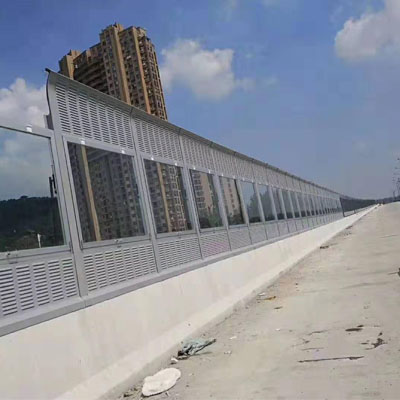Understanding Heavy Duty Steel Grating Prices A Comprehensive Guide
When it comes to industrial applications, heavy-duty steel grating plays a vital role in ensuring safety, durability, and efficiency. Its applications range from walkways and platforms to drainage covers and flooring in various sectors, including construction, manufacturing, and infrastructure. However, one crucial aspect that businesses often consider before investing in heavy-duty steel grating is its price. In this article, we’ll explore the factors influencing the cost of heavy-duty steel grating and provide insights on how to make an informed purchasing decision.
What is Heavy Duty Steel Grating?
Heavy-duty steel grating is a type of flooring made from steel bars that are welded together to form a grid pattern. This specific kind of grating is designed to withstand heavy loads, making it suitable for areas with high traffic and heavy machinery. Unlike lighter grating, heavy-duty options offer increased resistance to wear and tear, making them ideal for industrial environments.
Factors Influencing Prices
1. Material Quality
The type of steel used in the grating significantly affects its price. High-grade structural steel, often treated for corrosion resistance, tends to cost more but offers better durability and longevity. The choice between stainless steel, carbon steel, or galvanized steel can impact the overall price due to differences in material properties and manufacturing processes.
2. Thickness and Load Capacity
The thickness of the steel bars contributes significantly to the weight-bearing capacity of the grating. Thicker grating can support heavier loads and is generally more expensive. Manufacturers tend to classify heavy-duty steel grating according to load capacity, which will affect the price significantly.
The method used to produce the grating also influences its cost. Common manufacturing processes include welding, forging, and swage-locking. Each method has its own production costs, and the complexity of the design can also affect the final price. Custom or specialty grating will typically incur higher costs compared to standardized products.
heavy duty steel grating price

4. Surface Treatment
Most heavy-duty steel grating undergoes various surface treatments to enhance corrosion resistance and improve aesthetic appeal. Options include galvanization, powder coating, or painting, each with a different cost implication. These treatments can extend the lifespan of the grating, making them a worthwhile investment.
5. Size and Design Customization
The dimensions of the grating—such as length, width, and height—will also play a role in determining the price. Customized designs that cater to specific application requirements, such as unique shapes or sizes, typically lead to an increase in costs.
6. Market Conditions
Prices for heavy-duty steel grating can fluctuate based on supply and demand dynamics within the market. Economic factors, raw material costs, and international trade considerations can all impact pricing. During times of high demand, prices may rise due to the increased need for resilient flooring solutions in industrial settings.
Making an Informed Decision
When considering purchasing heavy-duty steel grating, it's essential to evaluate both the upfront costs and the long-term value it brings to your project or facility. While it may be tempting to opt for the cheapest option available, it’s crucial to consider the grating's quality and durability. Investing in higher-quality grating may save costs in the long run by reducing the need for replacements and maintenance.
Furthermore, soliciting quotes from multiple suppliers can provide insights into pricing trends in the market, allowing for better budget planning. Don't hesitate to ask suppliers about the specifications, certifications, and warranties associated with the grating, as these factors will influence its overall value.
Conclusion
Understanding the price of heavy-duty steel grating is essential for making a financially sound decision for your industrial needs. By considering factors such as material quality, load capacity, manufacturing processes, surface treatments, and customization options, you can better assess the costs and benefits of your investment. Doing thorough research and asking the right questions will ensure that you choose the best grating solution for your specific requirements while staying within budget.
-
Why Galvanized Trench Cover Steel Grating Resists Corrosion
NewsJul.10,2025
-
The Versatility and Strength of Stainless Expanded Metal Mesh
NewsJul.10,2025
-
Load Calculations in Steel Grating Platforms
NewsJul.10,2025
-
Keeping Pets and Kids Safe with Chicken Wire Deck Railing
NewsJul.10,2025
-
Hole Diameter and Pitch for Round Perforated Metal Sheets
NewsJul.10,2025
-
Aluminium Diamond Mesh in Modern Architecture
NewsJul.10,2025
Subscribe now!
Stay up to date with the latest on Fry Steeland industry news.

